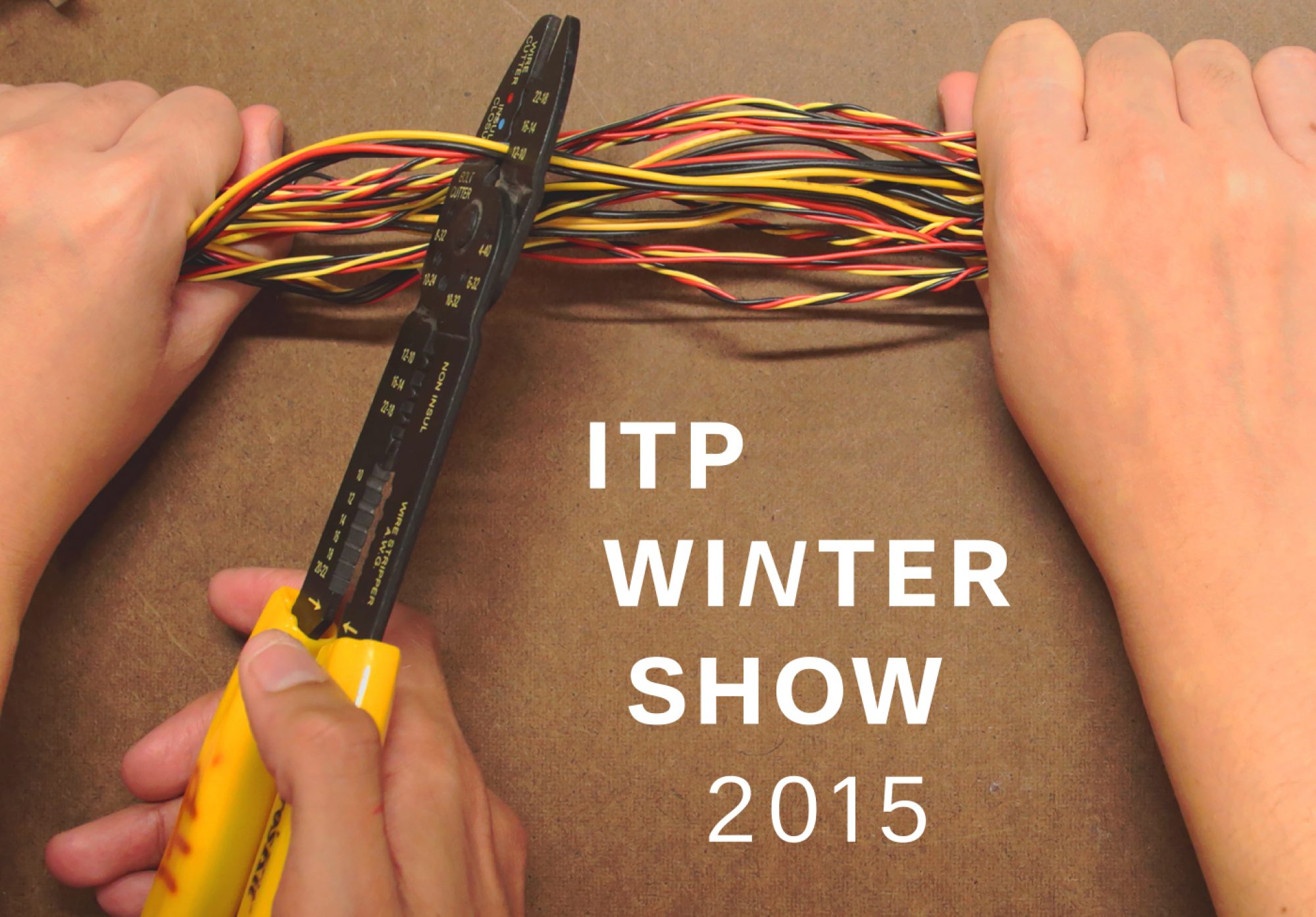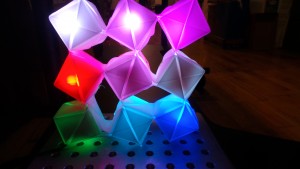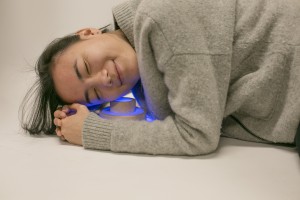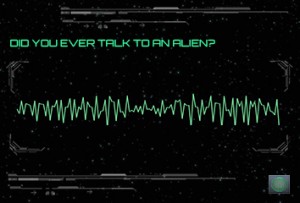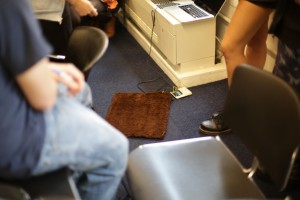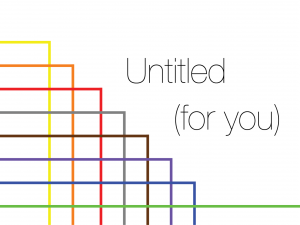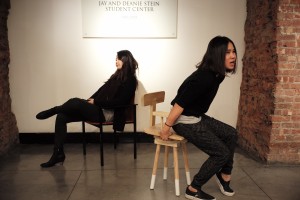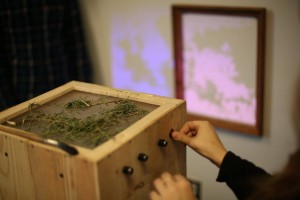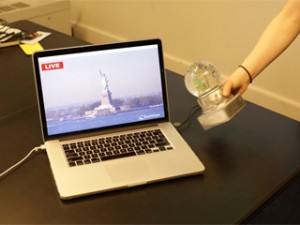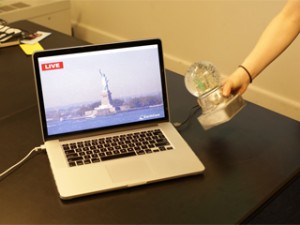Serena M Parr
Intimate bicycle-powered worship experience for 1 user at a time, featuring choir/ambient music through headphones and pedal-powered electric candles, housed within a small simple wooden structure with fake stained glass windows made of tissue paper
http://serenaparr.com/itp/2015/12/08/wip-pcomp-final-project/
Description
Brief:
My project is a bicycle generator that runs a DC motor to power an apparatus of electric candles surrounding the stationary biker. It’s inspired by the religiosity of Soul Cycle. While powering candles, the user will also listen to choir music on headphones. The music won’t be powered by the bike, but by a battery powered boom box sitting inside of the bike’s front basket. The electric candles will be supported by a simple wooden frame made of 1″ x 2″ beams.
The piece requires at least 4′ x 7′ and would ideally be set up in a dark room.
Complete:
I’ve built the bike generator and have measured its output on a multimeter. The bike puts out 5V – 9V depending on pedal power. I’ve also rewired 20 electric candles to start. (I plan to rewire many more. Each candle is rated at 3V, so I will set them up in two-candle series circuits sharing 6V across however many parallel circuits.)
In progress:
I still need to build a simple wooden frame to support the candles surrounding the user, and build a few more safeguards to secure the bike trainer onto the platform so that it doesn’t move.
Classes
Introduction to Physical Computing
